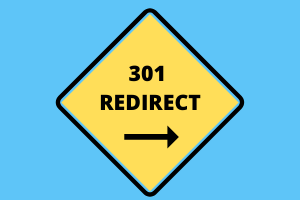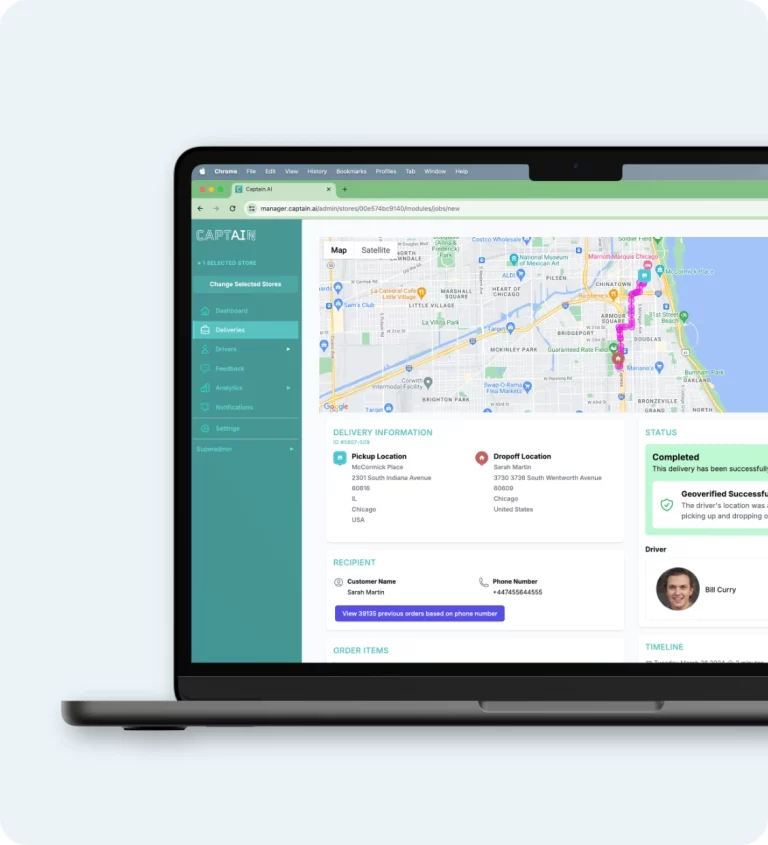What’s the purpose of web forwarding?
Why use the forwarding technique? Mainly for SEO purposes, since this technique informs the search engines that a website address has changed. Google or Bing, for example, update their databases and continue to recognize the original page, which remains referenced despite the changes effected.
Let’s take the following example:
- The page on your website accessible via the www.newresto.com/home URL is no longer available as you have transferred its content to another page.
- Unfortunately, the www.newresto.com/home page is still the one that appears on Google, and which your customers use to go to your restaurant’s online ordering site.
- No problem: the 301 redirect will automatically redirect users to the replacement URL, for example www.newresto.com/menu.
- And so, by entering www.newresto.com/home, you reach www.newresto.com/menu without even noticing anything.
This instant redirect is of no consequence for search engines and internet users. Browsing continues seamlessly, without the visitor noticing the change of URL. In both cases, the website content remains the same!
An all-important technique to avoid losing traffic
Web forwarding via the 301 redirect offers a major benefit: it avoids 404 errors which can very quickly de-reference a page. In addition, these errors are frowned upon by search engines and web users alike. Most people will, at some stage, have encountered the frustrating experience of seeing errors such as “page not found” or “the page you requested is not available”! Web forwarding is therefore essential to avert these browsing woes.
Before proceeding with your redirect, however, you have to complete a couple of vital steps:
- strictly check existing links to prepare the forwarding phase;
- monitor the redirect, e.g. using Google Analytics, to make sure you haven’t missed anything.
A transitional solution thanks to the 302 redirect
In some cases, you can set up a 302 redirect, also called “temporary redirection”, in order to prepare the site ahead of the ensuing permanent 301 redirect. Basically, this serves to temporarily redirect web pages to avoid any interruption in your site’s accessibility.
This 302 redirect is practical insofar as it notifies the Web browser and search engines that the page visited has temporarily changed addresses. Note, however, that the 302 remains temporary, which means that search engines will not update their indexing. For a lasting solution then, the permanent redirect is best.
Last recommendation: seek the assistance of specialists if you have the slightest doubt about this operation. Indeed, an invalid redirect could lead to a poor positioning of your website, and even a significant loss of traffic if it were to last.
If you have any questions about the 301 redirect, or need help setting it up, the LivePepper team is at hand to guide you step by step with the procedure described above.







